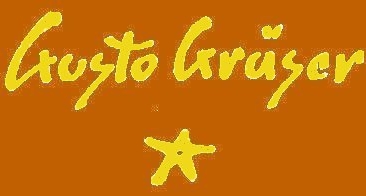 |
Ur-hippies
from Germany to California
Posted on the 13 July 2011 by Praymont
|
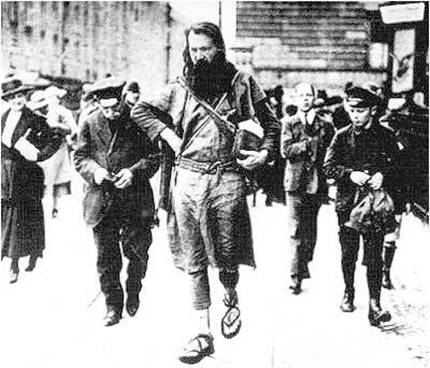
|
|
Gusto Gräser
|
In a
previous post I applied the term 'hippie central' to
Schwabing (a neighborhood in Munich).
I meant 'hippie' to refer generally to Bohemian tendencies, but I've discovered
closer ties between the Bohemians of early 20th-century Germany and the American hippies of the 1960's. The man pictured above, Gusto Gräser, was a nomadic 'poet-prophet' who lived
in many parts of Germany --
he's in Berlin in the above photo -- including
Munich and it
surroundings. He eventually settled in Munich.
|
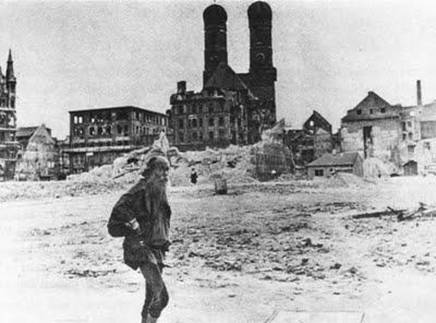
|
|
Gräser in Munich (1945)
|
Gräser
was one of many naturmenschen,
men who rejected industrialization and the unnatural trends of urbanization and
who adopted a 'back to nature' creed. Although Gräser lived in Munich and visited cities, for much of his
life he lived in more pastoral places. He lived for a while at Monte Veritā (pdf) near Ascona in Switzerland. Monte Veritā, which
Gräser co-founded, was similar in many ways to a hippie commune. Its founders
were pacifists who wanted to establish a communal, vegetarian and clothing-optional
settlement far from any cities. More information about this commune can be
found at the next link along with several photos, but note that some of the
depicted inhabitants of Monte Veritā aren't
clothed. Among the inhabitants were several artists and authors from
Schwabing: Otto Gross, Erich Muhsam, Franziska Countess zu Reventlow, Marianne Werefkin, Alexej Jawlensky,
Hugo
Ball, Paul Klee, and Ernst
Toller. One of its most famous visitors was Herman Hesse.
|
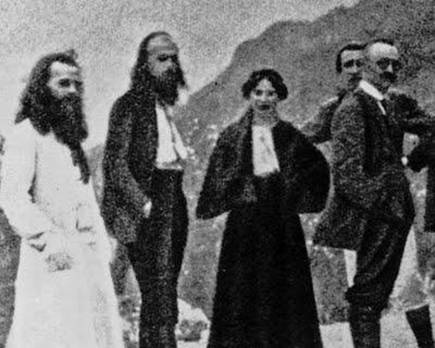
|
|
Ur-hippies at Monte Veritā
|
Some of the naturmenschen moved to the USA. For
example, there was Hermann Sexauer, 'a
philosophical anarchist, a radical pacifist, a theoretical nudist, and an
anti-communist,' who was born in Teningen, Germany and who moved to the USA in 1906, eventually establishing a natural
foods store in Santa Barbara.
More influential was Bill Pester of Saxony.
He left Germany (to avoid
military service) and settled in California.
Here are some photos of Pester, including one of him at his hut in Palm Canyon, California.
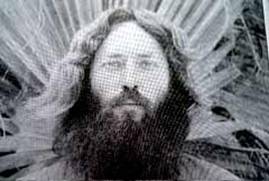
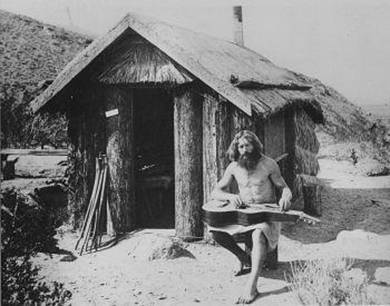
These pics look like they're
straight out of the 60's, but they're from approx. 1917. (Pester
moved to the USA in 1906.)
Pester met a young American named eden ahbez (who eschewed capital letters) and
became ahbez's 'mentor'. Ahbez and the other young Americans who followed
Pester called
themselves 'nature boys' (a loose translation of naturmenschen). In 1948, ahbez wrote a song about Pester and
called it 'Nature Boy'. Nat King Cole
recorded it, which drew media attention to ahbez. He appears briefly in
this clip followed by footage from another TV show in which Cole performs the
song. [video fehlt!]
The
nature boys received some attention also from Jack Kerouac's reference to
them in On the Road. And they became well-known in California simply
because of their distinctive appearance.
This story has been told before (esp. at the links in the previous paragraph)
but I wasn't aware of it until I looked up Monte Veritā.
|



![]()



